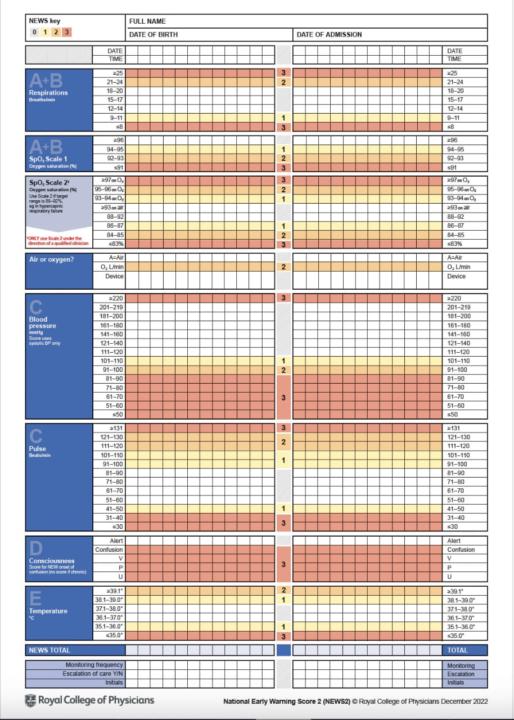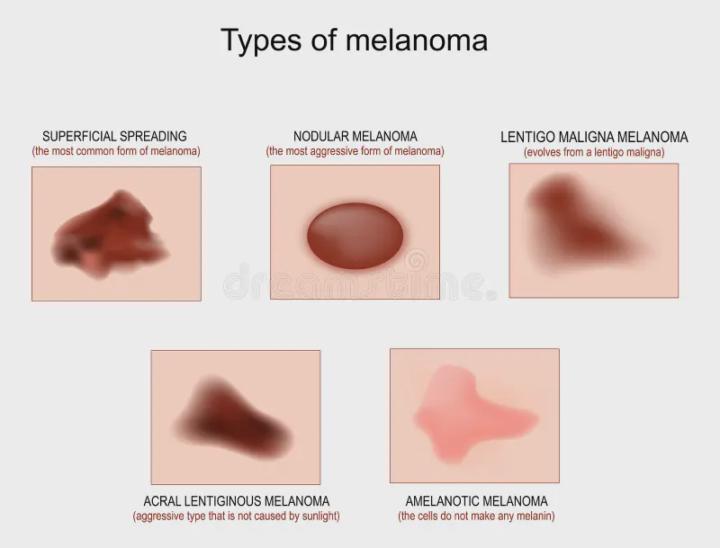Activity
Mon
Wed
Fri
Sun
Jan
Feb
Mar
Apr
May
Jun
Jul
Aug
Sep
Oct
Nov
Dec
What is this?
Less
More
Memberships
Medicoplasty MRCS OSCE
176 members • $10/month
70 contributions to Medicoplasty MRCS OSCE
We are live now_Join us
We are live now join us_Press on the link directly no need for Zoom

Intraoperative tests for coagulopathy
Key tests include point-of-care tests like thromboelastography (TEG) or rotational thromboelastometry (ROTEM), and standard laboratory tests such as prothrombin time (PT), activated partial thromboplastin time (aPTT), and platelet count. Point-of-Care Tests: - Thromboelastography (TEG) and Rotational Thromboelastometry (ROTEM):These tests analyze the viscoelastic properties of blood clot formation, providing a comprehensive assessment of coagulation. They can detect abnormalities in clot formation, stability, and lysis. - Activated Clotting Time (ACT):This test offers a rapid assessment of clotting time, useful during procedures like cardiac surgery where anticoagulation is often reversed. Standard Laboratory Tests: - Prothrombin Time (PT) and International Normalized Ratio (INR):These tests assess the extrinsic and common pathways of coagulation, often used to monitor the effects of warfarin. - Activated Partial Thromboplastin Time (aPTT):This test evaluates the intrinsic and common pathways of coagulation, useful in monitoring heparin therapy. - Platelet Count:A low platelet count can indicate thrombocytopenia, a condition associated with impaired clotting. - Fibrinogen Level:Fibrinogen is a crucial protein for clot formation, and low levels can impair clotting. - Thrombin Time (TT):This test assesses the final step of clot formation, where thrombin converts fibrinogen to fibrin. Other Considerations: - Visual Assessment:Surgeons' visual assessment of bleeding during surgery is also an important aspect of decision-making, but it is subjective and relies on experience. - Laboratory-guided Coagulation Therapy:The results of these tests guide the administration of blood products like fresh frozen plasma, platelets, and cryoprecipitate to correct coagulation defects. - Individualized Approach:The choice of tests and treatment strategies should be tailored to the specific patient and surgical procedure.
To understand Immunohistochemistry Markers
HMB-45 stands for Human Melanoma Black-45. It is a monoclonal antibody used in pathology to identify melanoma cells and other tumors with melanocytic differentiation. The antibody reacts with a protein called gp100, which is found in melanocytes and melanosomes, the cellular structures where melanin pigment is produced. Here's a more detailed explanation: - Monoclonal Antibody:HMB-45 is a type of antibody produced by a single clone of immune cells. This makes it highly specific for the target antigen. - Melanoma Marker:HMB-45 is often used as a marker to help diagnose melanoma, a type of skin cancer that arises from melanocytes. - gp100 Protein:The antibody binds to the gp100 protein, which is found in melanocytes and melanosomes. - Specificity:HMB-45 is generally specific for melanoma and other tumors with melanocytic differentiation. It's often used to differentiate these tumors from other types of cancer. In medicine, S100 refers to a family of calcium-binding proteins. The name "S100" originates from their solubility in a saturated (100%) ammonium sulfate solution during their initial isolation. These proteins are found in various tissues and play roles in cell signaling, proliferation, and differentiation.S100 proteins are also used as biomarkers in diagnostics, particularly in identifying certain types of tumors. Elaboration: - Calcium-binding proteins:S100 proteins belong to a larger group of proteins that bind to calcium ions, which is crucial for their function. - Multiple members:The S100 family consists of at least 21 identified members, each with slightly different structures and functions. - Ubiquitous presence:S100 proteins are found in a wide range of cell types and tissues, both in the cytoplasm and extracellularly. - Cellular roles:They are involved in various cellular processes, including cell division, differentiation, migration, and apoptosis. - Biomarker in pathology:S100 proteins, especially S100B, are commonly used as markers to detect and diagnose certain cancers, such as melanoma and other tumors. - Diagnostic applications:S100 proteins can be detected in tissue samples using immunohistochemistry (IHC) and in body fluids like blood or cerebrospinal fluid.

1-10 of 70
Active 13h ago
Joined Feb 10, 2024



